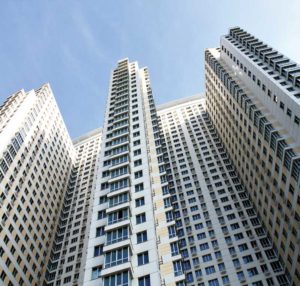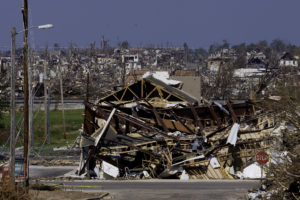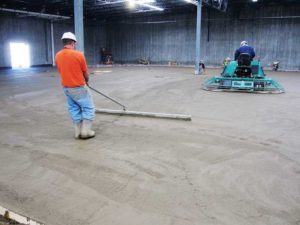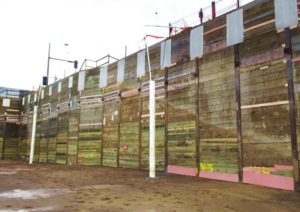The importance of understanding the flashing design principles and installation requirements between the masonry wall assembly and the roof flashing system cannot be understated. All too often, the exterior masonry walls of a building structure are thought of as being watertight and require little or no maintenance.
+ Read More
|
Designing for unpredictable situations is one of the biggest and most important challenges for architects, engineers, and the building community. Tornadoes, hurricanes, and earthquakes are seemingly random, but can be devastatingly fierce when they arrive.
+ Read More
|
If you design, build, specify, engineer, renovate, or operate in the built environment, you should register for CONSTRUCT 2016. The event, produced by Informa Exhibitions U.S., is heading to the live music capital of the world, Austin, Texas, from September 7 to 9.
+ Read More
|
Fire-rated doors provide around-the-clock protection to help ensure people can safely exit a building in the event of a fire. When specified with fire-rated glazing, they can also help preserve sight lines and support aesthetic goals.
+ Read More
|
In the wake of any tragedy, society struggles collectively to process the loss. For some, it is the loss of friends and loved ones, but for most, it is the feelings of safety and trust that are diminished.
+ Read More
|
One of the biggest mistakes a designer can make when specifying polished concrete slabs is to state, “Concrete for polished concrete, including formwork, reinforcement, concrete materials, mixture design, placement procedures, initial finishing, and curing is specified in Section 03 30 00 Cast-in-Place Concrete.”
+ Read More
|
Resilience is where the promise of sustainability and the real world meet. Unfortunately, this promise often goes unfulfilled as current industry trends favor cheap instead of durable. A first-cost mentality is simple, but when the wrong materials are specified, it can expose owners and occupants to higher risks.
+ Read More
|
Construction site dewatering is used to locally control and lower groundwater levels in the vicinity of the excavation. This is typically done to maintain soil conditions needed during, and occasionally after, construction—for example, to keep soil dry enough for construction loads, installing building materials, or safe working conditions.
+ Read More
|
The primary purpose of below-grade waterproofing is not to keep water out of the basement, although that is an important consideration. Rather, its role is to protect the foundation and the entire building structure from the damaging effects of liquids and vapors.
+ Read More
|
Whether the project is a new building or major renovation, sustainability is an increasingly important factor in decision-making. Whole-building life cycle assessment (LCA) makes it possible to look at all phases of a building, from material extraction through construction to decommissioning.
+ Read More
|
|
|














